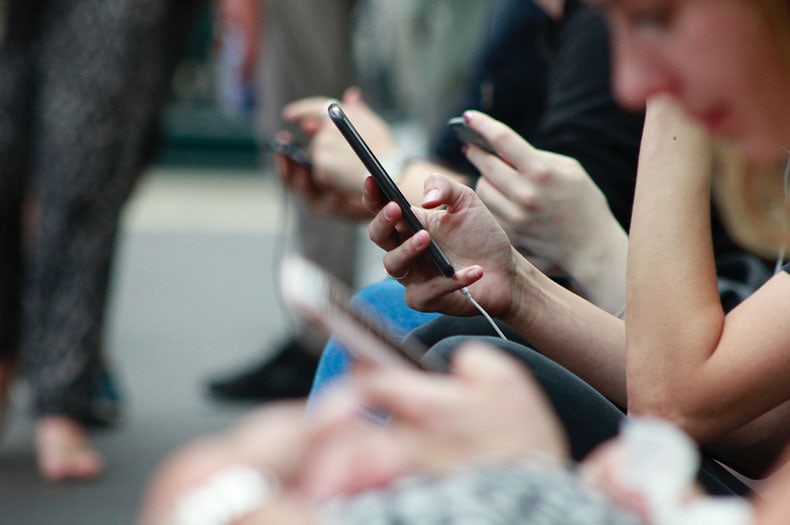
Email Marketing Tips: How to Send Love Letters to Your Leads
August 18, 2016
3 Ways to Convert More Customers from Social Media Marketing
August 25, 2016Data tracking and web analytics play a big role in the everyday life of a marketer. And while we should all base our marketing efforts on reliable data, it’s worth talking about how unreliable your analytics data can be. One issue you may not even realize you have is that a considerable flow of social traffic goes untracked or mis-attributed. We call this Dark Social.
The term “Dark Social” was first coined by Alexis C. Madrigal in 2012 and denotes the URLs that have been copied and pasted. So, here’s what does this can do to your web traffic:

Direct Traffic that isn’t Direct Traffic
We discovered our own Dark Social traffic when we realized how many conversions on hidden landing pages were coming from direct traffic. “Are our readers really typing the long URL of our landing page in their browsers?” It’s reasonable to assume that this isn’t the case. One possibility is that users are converting after bookmarking the page and revisiting at a much later date, but this assumes that the traffic source is being stripped at some point before the conversion. The most likely case, however, is that we’re seeing Dark Social traffic, automatically categorized as Direct.
A RadiumOne study indicates that nearly 70% of global online referral traffic comes from Dark Social.
How is Social Traffic tracked?
When your social media team shares an article on Linkedin and someone clicks on that URL, your analytics will log the visit as well as some meta information linked to that URL. That meta information contains the source of the click (direct, paid, organic, social, etc.).
The huge problem with this method for tracking social clicks is that you can’t predict the behavior of links on social media. In particular, we can’t predict how people are going to communicate links, and in many scenarios you will lose that meta information you need to track an accurate source.
Here are the 3 main types of Dark Social traffic (inspired by Mark Hansen’s list):
- Your reader sent your link to a friend via chat.
- A user clicked on your link in an email you don’t track.
- Your social media followers clicked on your link on their Facebook or Twitter apps (Dark Mobile).
Likewise, if a reader downloaded one of your PDF resources, sent the file to a co-worker, who clicked on one of your URLs, this visit will remain untracked and automatically fall under Direct, although technically it should be considered social.
How can digital marketers improve their reporting?
Based on Madrigal’s “The Atlantic” case, dark social traffic may be more significant than we think. According to Madrigal, “almost 69% of social referrals were dark! Facebook came in second at 20%. Twitter was down at 6%.” These are numbers you can’t ignore.
A smart approach to this discovery is to be more careful to consider direct traffic in social or word-of-mouth campaigns. This is especially true if you’re receiving direct traffic to pages that are specifically tied to those campaigns.
Dark social reporting, however, should be taken with a grain of salt. You can set filters and advanced segments in your analytics in an attempt to isolate the Dark Social traffic from the Direct group, but even the most skilled marketers will still be guessing as to how best filter for Dark Social.









